“It’s a scene from hell, absolutely nightmarish,” said Patrick Fuller of the International Red Cross Federation, who is working to help the stranded and injured people in the northeastern coastal town of Otsuchi, Japan.
On Friday, March 11 at 2:46 p.m. Japanese Standard Time, an 8.9-magnitude earthquake—the largest ever in Japanese history— and an ensuing tsunami killed thousands of people, official Japanese media reports said. An exact death count is nowhere near certain; currently there are over 3,700 confirmed deaths, with some sources projecting as many as 10,000 deaths by the time the disaster is over.
On top of the natural disasters and the eminent threat of another tsunami, officials are fighting to gain control of a nuclear emergency. Three of Japan’s nuclear power plants have been at risk of meltdown due to lack of power to keep the nuclear reactors cool. Three explosions have damaged the Fukushima Dai-ichi nuclear plant. The most recent blast occurred Tuesday at 6:10 a.m. JST (5:10 p.m. EDT Monday). Authorities are struggling to prevent the catastrophic release of radiation in the area.
In Fukushima Prefecture, an explosion in a building housing one of the reactors injured 15 workers. More cooling problems caused fuel rods in different areas to overheat and produce radioactive steam that will have to be released into the atmosphere.
Hundreds of thousands of people have been affected by the triple disasters that have destroyed countless communities. Tens of thousands have been evacuated from around affected reactors.
Since the first earthquake, Japan has endured hundreds of aftershocks of magnitude all greater than 6.0, which defines a strong earthquake. Three have exceeded 7.0. The world has felt the shocks of the planet’s fifth largest earthquake. Japan sunk downward two feet just as the tsunami’s waves rolled in.
Many citizens are even more afraid of how different their lives will be in the future. More than 450,000 people are currently living in shelters. Countless citizens are standing in mile-long lines for rations of food, water and gas. Everyone fears what the future will bring, including Japan Prime Minister Naoto Kan. “In the 65 years after the end of World War II, this is the toughest and the most difficult crisis for Japan,” he said.
Holt student Kari Smith is curently studying in Japan. “My program is in Osaka, which is in southwestern Japan, while the earthquake and tsunami affected northeastern Japan. We are actually quite far from the devastation and it has been life as usual in the Osaka/Kyoto area. However, we did feel the quake a little bit here in Osaka. It was a small tremor here so I didn’t know I was actually feeling a very large earthquake at a great distance until hours later.
“My school feels that students are safe here in Osaka, although we continue to monitor the news. I feel that American and especially European news is being a bit inflammatory [regarding dangers of potential nuclear fallout]. I know many students here whose parents have asked them to come home because of the dire situation painted by the media.
“I’d like to add that anyone who would like to help would do so best by donating money. The infrastructure simply isn’t there to handle shipments of goods or the transportation of people,” she said.


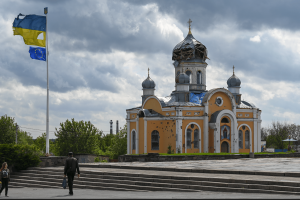

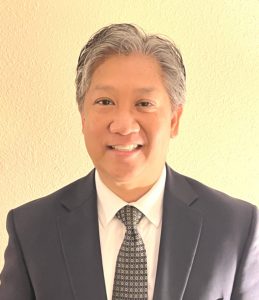
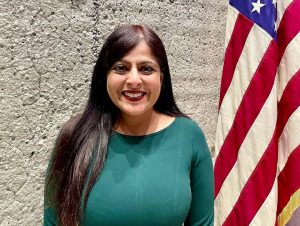
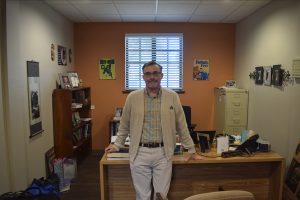



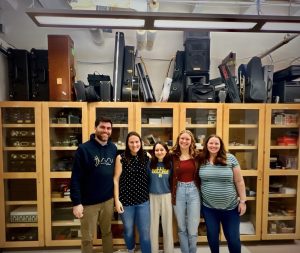
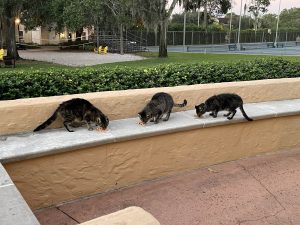
Be First to Comment